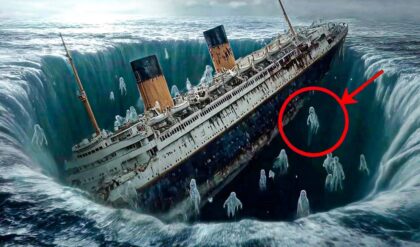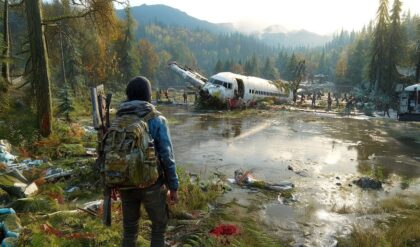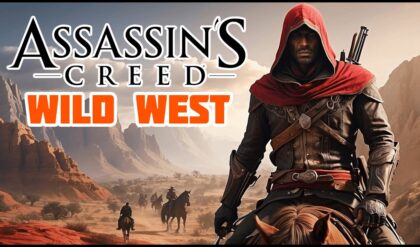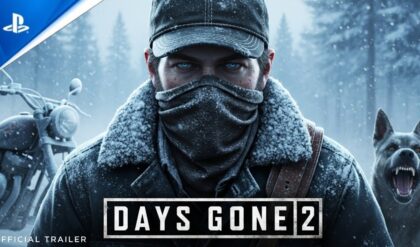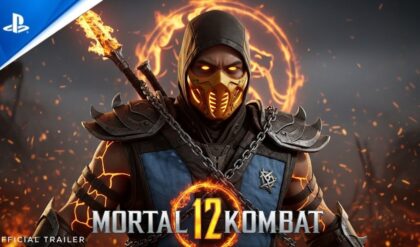When Clair Obscur: Expedition 33 launched on April 24, 2025, few could have predicted that a debut RPG from a small French studio would send shockwaves through the gaming industry. Developed by Sandfall Interactive, a team of roughly 30 core developers, and published by Kepler Interactive, the game sold 3.3 million copies in just 33 days, hit a peak of 145,063 concurrent Steam players, and earned a record-breaking 9.7 Metacritic user score, surpassing giants like The Legend of Zelda: Ocarina of Time. Priced at a modest $50, Expedition 33 delivered a 30-60 hour turn-based RPG with Unreal Engine 5 visuals, a gut-wrenching story, and innovative combat, all while AAA studios churn out $80 titles with bloated budgets and questionable quality. This triumph has exposed the inefficiencies of the AAA model, proving that passion, efficiency, and creativity can outshine the industry’s overpriced behemoths, and sparking a conversation about the future of game development.
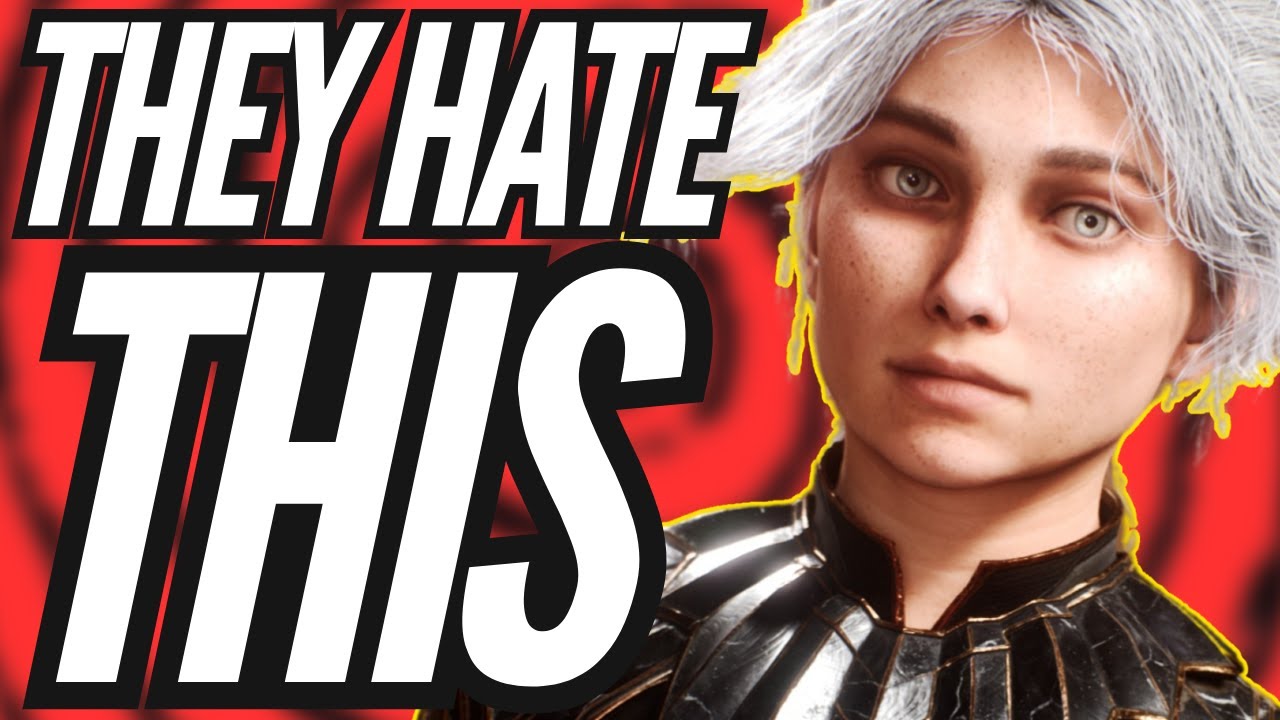
A David vs. Goliath Victory
Clair Obscur: Expedition 33 is set in the hauntingly beautiful world of Lumière, a warped Belle Époque-inspired France where the Paintress, a godlike entity, awakens annually to paint a number on a monolith, erasing everyone of that age in the Gommage. Players guide Expedition 33—Gustave, Maelle, Lune, Sciel, Monoco, and others—on a suicide mission to destroy her, unraveling a story of grief, mortality, and hope. The game’s combat blends Final Fantasy-style turn-based mechanics with real-time QTEs inspired by The Legend of Dragoon, earning praise for its “chaotic yet rewarding” feel. Its visuals, powered by Unreal Engine 5, rival AAA titles, yet its budget, estimated at $15-30 million, is a fraction of the $200-300 million typical for AAA games like Final Fantasy XVI or Starfield.
Sandfall’s lean approach stands in stark contrast to the AAA industry’s excesses. Major studios, such as Square Enix and Ubisoft, often employ hundreds of developers, with budgets ballooning due to sprawling scopes, aggressive marketing, and corporate overhead. For instance, Final Fantasy XVI and FF7 Rebirth failed to meet Square Enix’s sales targets despite massive investments, while Ubisoft’s Assassin’s Creed Shadows required years of development to achieve “mild success,” as noted on r/pcgaming. Meanwhile, Expedition 33 hit 1 million sales in three days and 2 million in 12, outperforming JRPG heavyweights like Persona 5 Royal (3.3x faster) and FF7 Rebirth (2.3x faster) on Steam. “Clair Obscur is selling twice as fast as any recent JRPG,” analyst Rhys Elliott told GamesIndustry.biz, attributing its success to a $50 price point and an underserved niche for realistic, turn-based RPGs.
Exposing AAA’s Flaws
The AAA industry has faced mounting criticism for its unsustainable practices. Development costs have skyrocketed, with Grand Theft Auto VI reportedly nearing $2 billion, pushing publishers to charge $80 or more, as seen with Nintendo’s Mario Kart World and upcoming Xbox titles. These prices, coupled with microtransactions and live-service models, alienate players, especially when games like Starfield or Anthem launch with bugs or shallow content. X user @Grummz captured the sentiment: “Clair Obscur didn’t need a 600 million dollar budget… AAA is broken and gas-lighting you about needing to charge $80 for their broken ass stale, HR.” Posts on r/Games echo this, with users arguing that AAA studios “burn money needlessly” due to poor management and risk-averse strategies.
Expedition 33’s success highlights these flaws. Its 30-person core team, supplemented by outsourcing for animation and music, delivered a polished game in four years, compared to the seven-plus years often required for AAA titles. “The team that made Ocarina of Time or Half-Life 2 was max 60 or 70 people,” Sandfall’s François Meurisse told GamesIndustry.biz, emphasizing that small teams foster creativity and agility. Unlike AAA games, which often sand down unique elements to appeal to broad audiences, Expedition 33 leans into its French identity and challenging combat, resonating with players hungry for originality. “Everyone jokes that this is the most French game they’ve ever played,” industry expert Maloney told Northeastern News, noting its cultural specificity as a strength.
The game’s $50 price point, initially met with skepticism online, proved a masterstroke. “People feared it would be a 12-hour-long game with unfinished content,” Meurisse admitted, but Sandfall’s transparency about its AA status and 30-hour main story won players over. Former PlayStation boss Shuhei Yoshida praised this approach, calling Expedition 33 the “perfect balance” of AAA ambition, AA budget, and indie vision. “It’s time for AA games to regain their market share,” he told PlayStation Inside, arguing that titles like Clair Obscur offer depth without the bloat of “overly long AAA games.” Posts on X, like @RinoTheBouncer’s, reflect player support: “Clair Obscur is only $50 and has better visuals, story, and gameplay than any $70 or $80 game out there.”
A Wake-Up Call for the Industry
Clair Obscur’s triumph is a wake-up call for AAA studios. Its success, alongside other AA hits like Kingdom Come: Deliverance 2, shows that players crave innovative, well-crafted experiences over repetitive franchises. “Old hits and established IPs may still have juice, but… the ‘more of the same’ mantra isn’t going to fly anymore,” DualShockers argued, pointing to Expedition 33’s ability to outshine Oblivion Remastered’s nostalgia-driven launch. The game’s inclusion on Xbox Game Pass, with over 1.3 million players on Xbox alone, further amplified its reach, proving that accessibility drives sales. Analyst Elliott noted that its 500,000 Steam wishlists pre-launch signaled demand, fueled by organic buzz rather than lavish marketing.
The game’s impact extends to industry practices. AAA studios, burdened by large teams and shareholder expectations, struggle to take risks, often prioritizing live-service games or remakes over new IPs. Vice argued that Expedition 33 succeeds because it chased “the ambitions of creatives” rather than market trends, a sentiment echoed by director Guillaume Broche, who left Ubisoft’s bureaucracy to found Sandfall. “A project like this would’ve taken 25 years in a big company,” Broche told 80.lv, citing the freedom of a small team to create a “vibe” driven by passion. This approach contrasts with AAA’s “irresponsible practices,” as Kepler’s Matthew Handrahan described, noting the “human cost” of bloated budgets and crunch.
Expedition 33 also challenges the narrative that players reject turn-based RPGs or hyper-realistic visuals. “Square Enix was reticent to do it with Final Fantasy,” Elliott said, suggesting the publisher missed a market gap that Sandfall filled. Fans on r/JRPG agree, with u/Roids-in-my-vains calling it “as good as 90s RPGs,” while @NightSkyKing_ on X dubbed it “industry-disrupting.” The game’s 9.7 Metacritic user score and 92-95 critic scores across platforms underscore its universal appeal, proving that quality trumps scale.
Challenges and Critiques
Not everything about Expedition 33 is flawless. Some players, like u/porkybrah on r/JRPG, argue its QTE-heavy combat isn’t a “meaningful improvement” over traditional systems, and PC users reported crashes due to Unreal Engine 5’s demands, though patches have mitigated these. The lack of a dungeon mini-map frustrated directionally challenged players, as Kotaku’s reviewer noted, and Japan’s lukewarm sales suggest cultural or distribution challenges. Yet, these issues haven’t dented its momentum, with 102,388 active Steam players 11 days post-launch and a growing fanbase sharing fan art and story reactions on X.
The “30-person team” narrative has also faced scrutiny. Rock Paper Shotgun clarified that while Sandfall’s core team was around 30, dozens more handled QA, localization, and animation, including an eight-person Korean gameplay animation team crucial to the combat’s flair. This nuance doesn’t diminish Sandfall’s achievement but highlights the industry’s reliance on outsourcing, a sustainable model that Expedition 33 used effectively compared to AAA’s bloated in-house teams.
A Blueprint for the Future
Clair Obscur: Expedition 33 offers a blueprint for the industry: small teams, modest budgets, and creative risks can yield phenomenal results. Its success has sparked calls for a return to AA games, as seen in comments from Shawn Layden and developers on GamesRadar. “The industry needs to get smarter about what players want,” a GTA veteran told the outlet, a sentiment Expedition 33 embodies. Sandfall’s plan to stay small, as Meurisse emphasized, ensures they retain the “creative strength” that made the game a hit, avoiding the pitfalls of scaling up like AAA studios.
The game’s influence is already evident. Posts on r/Games suggest AAA publishers may try to emulate its turn-based formula, though Vice warns they’ll struggle to capture its “lightning in a bottle” magic. Potential DLC, hinted at by optional areas like the Flying Casino, and mutual promotion with The Hundred Line show Sandfall’s commitment to the RPG community. As French President Emmanuel Macron praised the game, per Northeastern News, it’s clear Expedition 33 is a cultural and commercial phenomenon.
Conclusion
Clair Obscur: Expedition 33 has not only embarrassed the AAA gaming industry but redefined what’s possible with a small team and a big dream. Its 3.3 million sales, record-breaking user scores, and $50 price point expose the inefficiencies of $80 blockbusters, proving that passion and efficiency can outshine bloated budgets. Sandfall Interactive’s triumph, rooted in a bold vision and a rejection of corporate constraints, offers hope for a gaming future where creativity trumps excess. As players journey through Lumière’s ruins, they’re not just playing a game—they’re witnessing a revolution that could reshape the industry for years to come.
